Black Music & Africa: Part 1
Based on different musical styles, experience how I connect certain Black musicians to their African roots based on different cultures and regions in Africa.
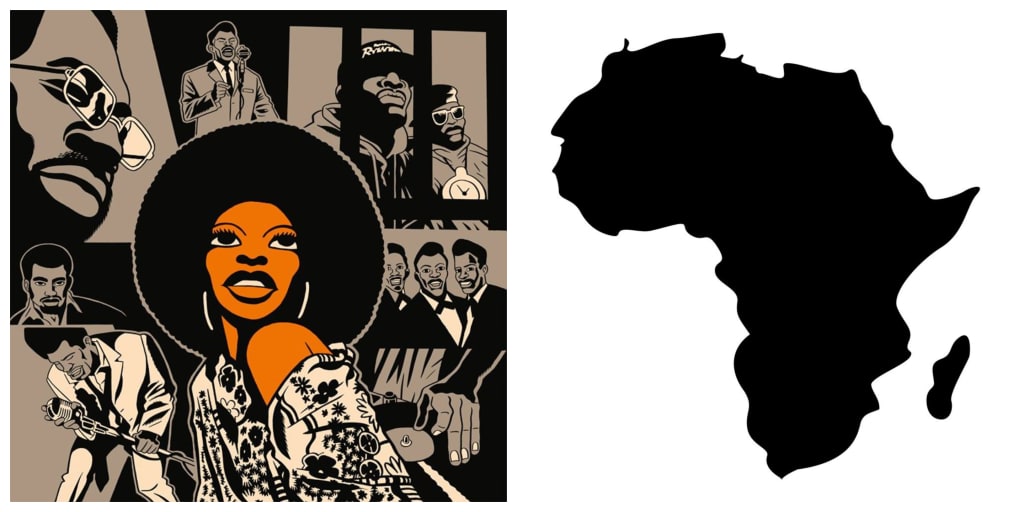
When I listen to Black music, I always think about which region of Africa an artist could have originated from based on the history and culture.
King Hannibal Barca: Gangsta & Political Hip-Hop
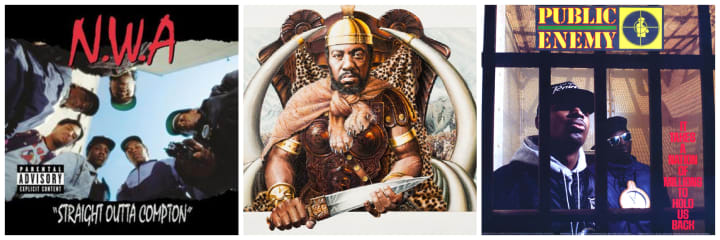
NWA (Left), Hannibal Barca (Middle), Public Enemy (Right)
Hannibal Barca (274-183 BC) of Carthage (modern-day Tunisia, located in northeast Africa) was best known for being a brilliant military strategist using war elephants travelling through the alps to take on the Romans on their own land. Hip-Hop groups like NWA and Public Enemy had the same militant mindset within their lyrics speaking about how negatively Black people are treated in America.
Both NWA and Public Enemy were controversial because of their aggressive, intense, and rebellious lyrics about the American government. NWA and Public Enemy’s lyrics were about giving a voice to the voiceless, and Hannibal had the same mindset during the ancient world because he brought the war to Rome in defense of Carthage.
Noticeable Albums:
NWA: Straight Outta ComptonPublic Enemy: It Takes A Nation of Millions to Hold Us Back
The Songhai: Cool Jazz Hip-Hop & R&B
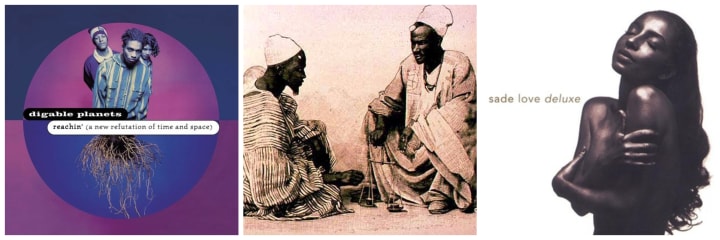
Digable Planets (Left), Songhai People (Middle), Sade (Right)
The Songhai people migrated from Philae Island in ancient Nubia, located in East Africa, and relocated to West Africa. Songhai was established in 1375 AD in Southeast Mali and expanded in all directions thanks to Songhai’s greatest King and Military Commander Sonni Ali Ber.
The empire was also surrounded by blistering heat of the Sahara, grasslands of the Savanna, and the humid tropical rain forest. The Songhai people are characterized as intelligent, mysterious, spiritual, and industrious because they preferred to take the silent approach while conducting business as expert traders and warriors.
The Songhai people were also disciplined because as a spiritual practice, they ate once per day. They believed eating once per day, every day could preserve their health so they could live a long and prosperous life.
Hip-Hop group Digable Planets and R&B singer Sade preferred to rap and sing over Jazz-type instrumentals. I believe the same way Digable Planets and Sade presented their music was like how the Songhai people carried themselves. Songhai people are intelligent and mysterious, and I feel the music made by Digable Planets and Sade fit perfectly within the Songhai culture.
Digable Planets’ smooth Jazz instrumentals and their intelligent lyrics about the life of Black people in the United States, different ideologies and religions, and different schools of thought made them stand out from the competition during the 90s. Digable Planets referred to themselves as insects due to the insect’s nature to stick together and work for mutually beneficial causes. This concept was inspired to be a useful principle for African-Americans in low income communities.
According to Digable Planets member Butterfly, the name “Digable Planets” comes from the ideology the group came up with. They felt every person is a planet because everybody has something to offer the world.
Sade and Ladybug Mecca of Digable Planets sensual nature of how they approached creating songs came from a spiritual place in my opinion. Their vocal tone with their intelligent lyrics could have represented the abstract way Songhai women would have created their music.
Noticeable Albums:
Digable Planets: Reachin’ (A New Refutation of Time and Space)Sade: Love Deluxe
Queen Ana Nzinga: Soul & Alternative Hip-Hop
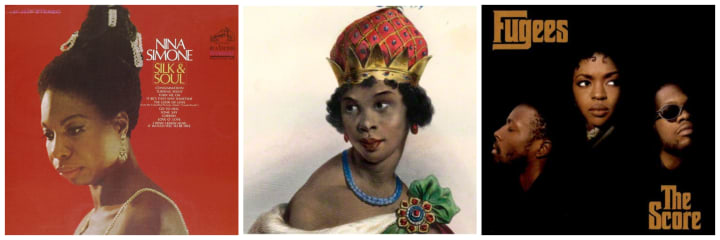
Nina Simone (Left), Queen Ana Nzinga (Middle), Fugees (Right)
Queen Ana Nzinga (1583-1663 AD) of Angola was located in lower West Africa. The Portuguese were looking to conquer Queen Nzinga and her kingdom, but she was a foe the Portuguese weren’t ready for because she defended her country from foreign invaders until her death in 1663.
Once Queen Nzinga found out about the Portuguese manipulation to put rival African tribes to fight each other. She created a safe haven for Africans who managed to escape under Portuguese rule on the continent. The escaped Africans made Queen Nzinga’s army stronger, and she influenced neighboring Kings to rebel and join forces with her in order to save the African race and their motherland.
The spirit of Queen Nzinga in my opinion lived on through Nina Simone, and her spirit continued with Lauryn Hill of the Fugees. Nina Simone was one of many Black musicians who participated in the Civil Rights Movement because she felt she had to speak out about the injustices Black people had to endure. Nina Simone was smart, sophisticated, and an intelligent woman. She knew how to manipulate words that invoked feelings of despair and hope.
Like Nina Simone, the Fugees were sophisticated with their style of Hip-Hop music. The Fugees created a mix of singing and rapping, like Digable Planets who came before them. The Fugees were positive like Nina Simone, and they also spoke about the living conditions of Black people in the United States.
The resemblance between Queen Nzinga compared to Nina Simone and Lauryn Hill cannot be denied. More than sharing physical features, I believe the spirit of Queen Nzinga was reincarnated through Nina Simone and Lauryn Hill because they both represented strong Black women during their respective decades.
Queen Nzinga laid down the blueprint for Nina Simone and Lauryn Hill to follow, and they both made creative music about fighting for the justice and freedom for Black people.
Noticeable Albums:
Nina Simone: Silk & SoulFugees: The Score
About the Creator
Darryl C. Richie
Inspirational Speaker, Author and Blogger looking to inspire with my story of being a two-time cancer survivor and hip amputee, and connect the African Diaspora to their African roots via Black Consciousness.


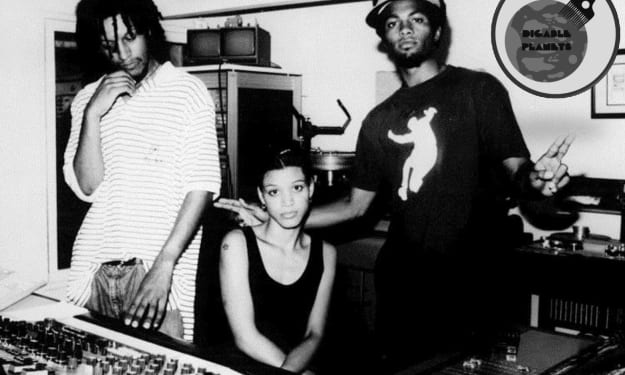



Comments
There are no comments for this story
Be the first to respond and start the conversation.